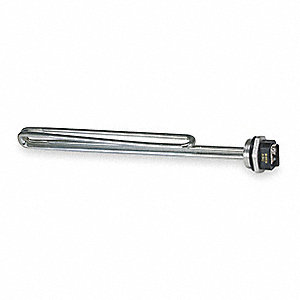Mosaic
Well-Known Member
Hello:
I am interested in electronically cycling down a large 800Ah 2.2V Lead acid forklift cell to about 1.9V.
With such a low voltage, ohm's law indicates a C/10 discharge @ 80A => an avg 25 milliohm load.
This is quite low....and has to dissipate 160W for some hours.
So it seems I need some kind of device that sits on top of the battery to provide a very low ohm access to perhaps a nichrome load with fan cooling?
Perhaps using slotted brass buss bars to accomplish the connection to the screw terminals.
Any thoughts?
I am interested in electronically cycling down a large 800Ah 2.2V Lead acid forklift cell to about 1.9V.
With such a low voltage, ohm's law indicates a C/10 discharge @ 80A => an avg 25 milliohm load.
This is quite low....and has to dissipate 160W for some hours.
So it seems I need some kind of device that sits on top of the battery to provide a very low ohm access to perhaps a nichrome load with fan cooling?
Perhaps using slotted brass buss bars to accomplish the connection to the screw terminals.
Any thoughts?


